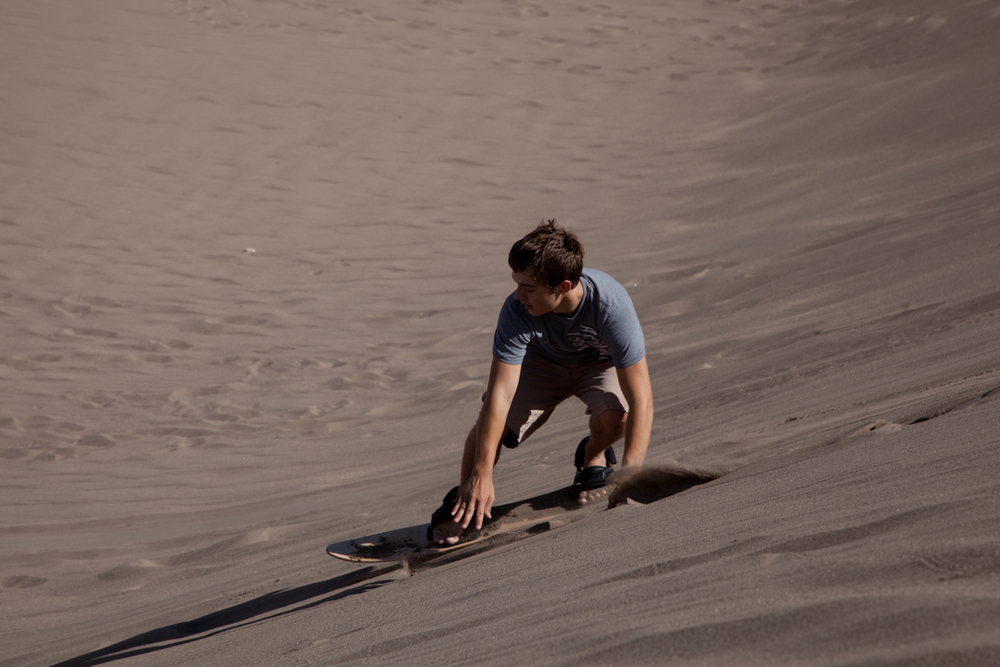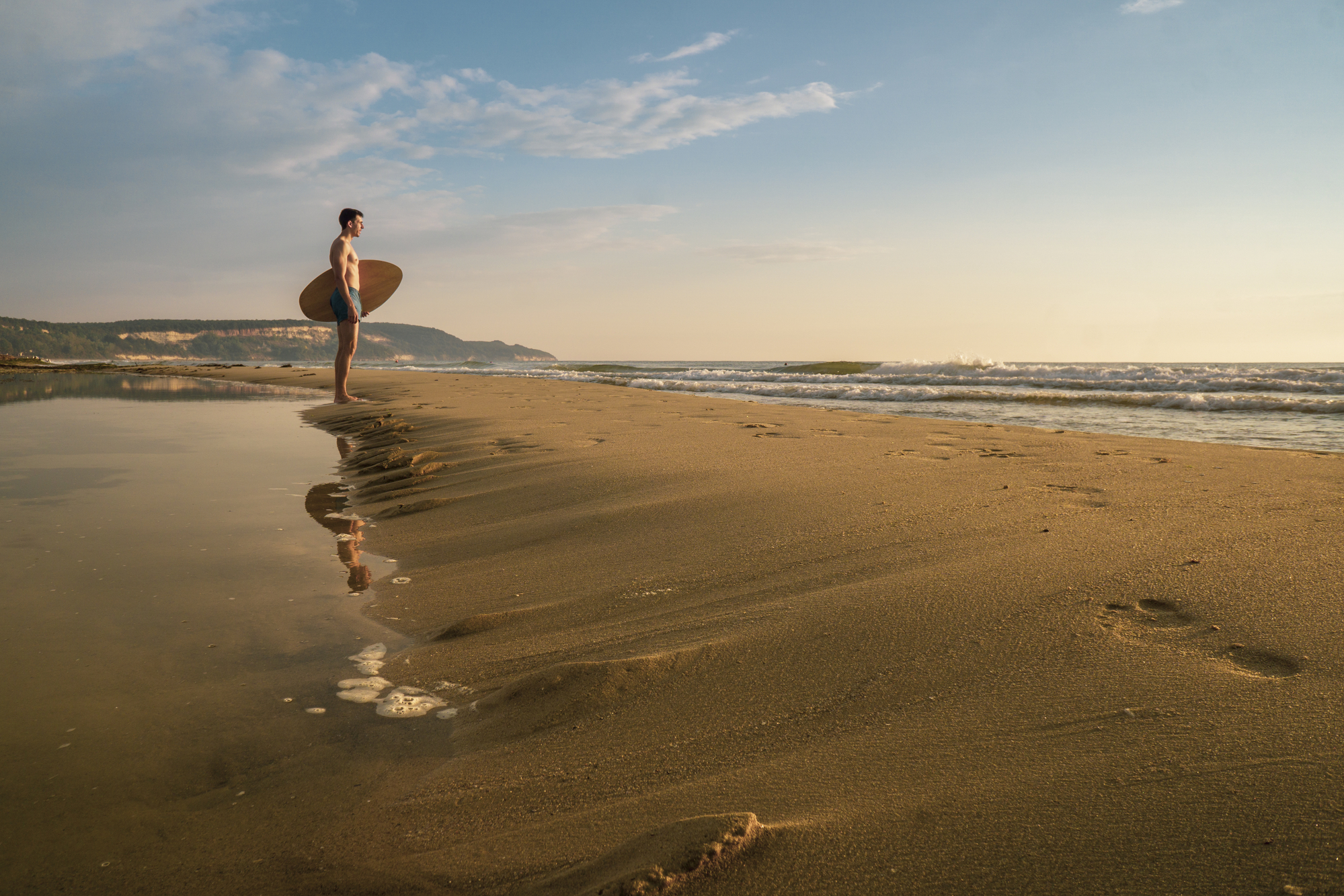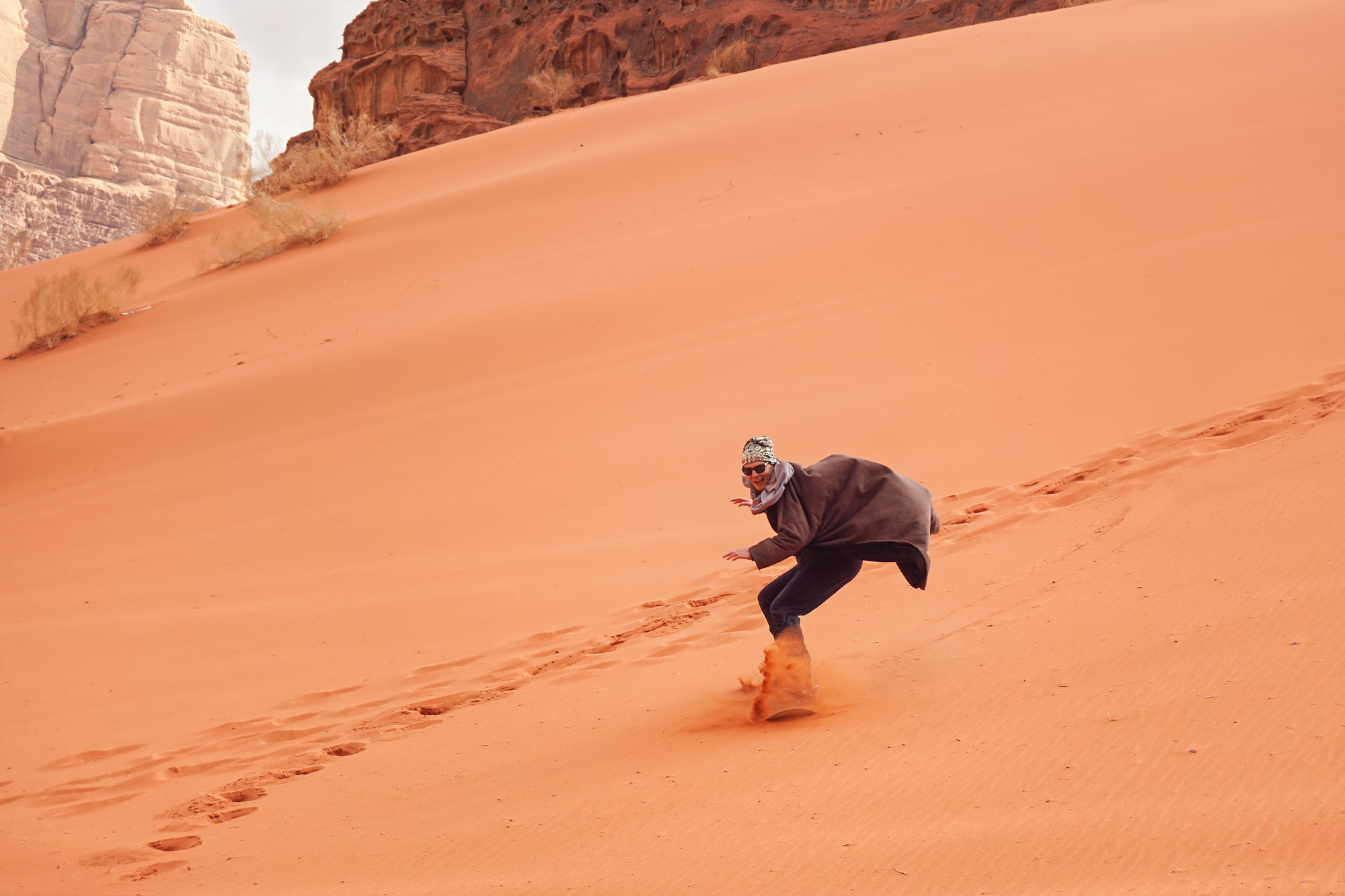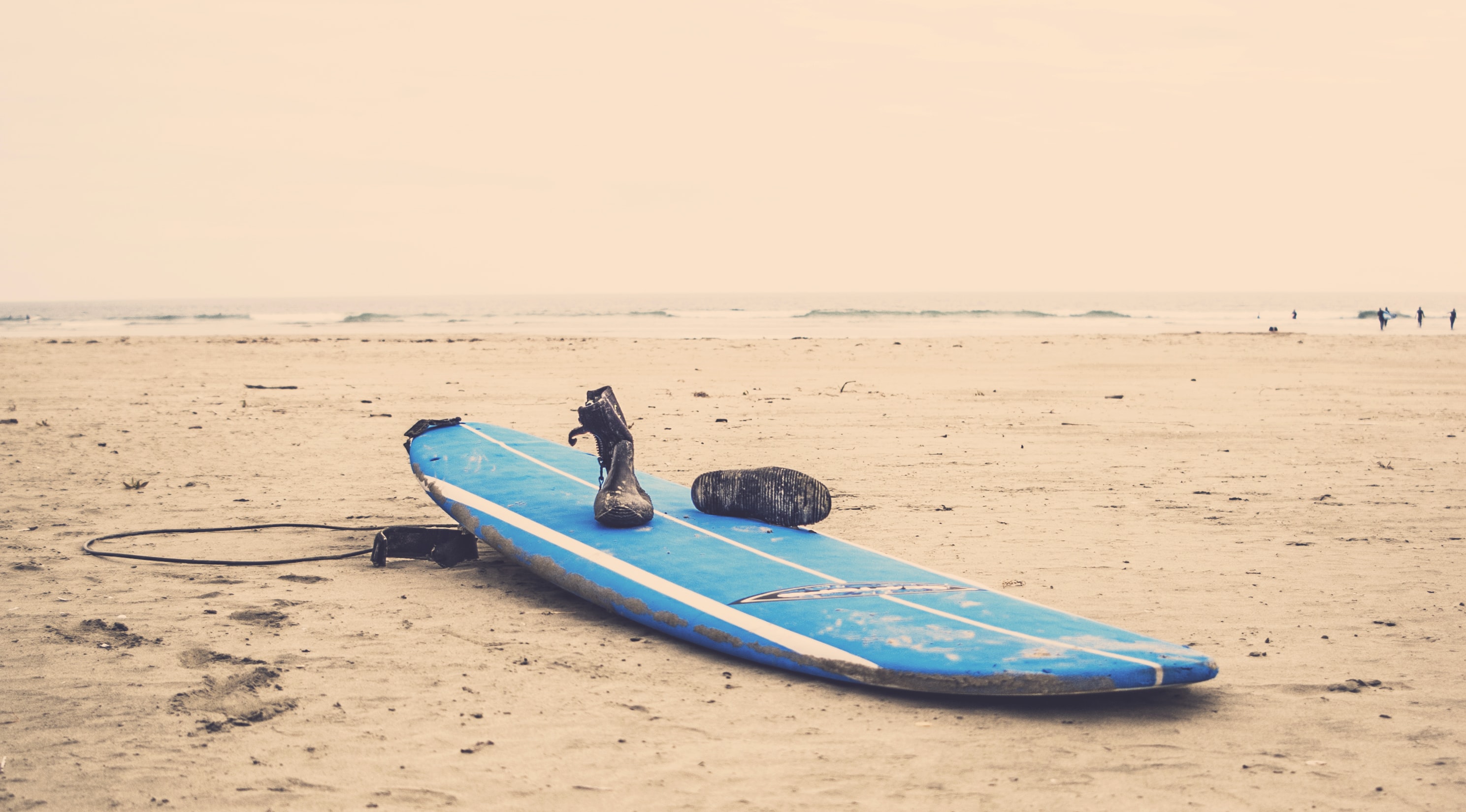Sandboarding is a fun and thrilling sport that combines the best elements of skating, skateboarding, and surfing. However, given the coarse surface of the sand, you will need to apply a layer of sandboard wax on your board every time you take it for a spin.
If you love the adrenaline rush of surfing, you’ll love going sandboarding.
Let’s find out what sandboard wax is made from and why you need it to sandboard properly.
Why is Sandboard Wax Required?
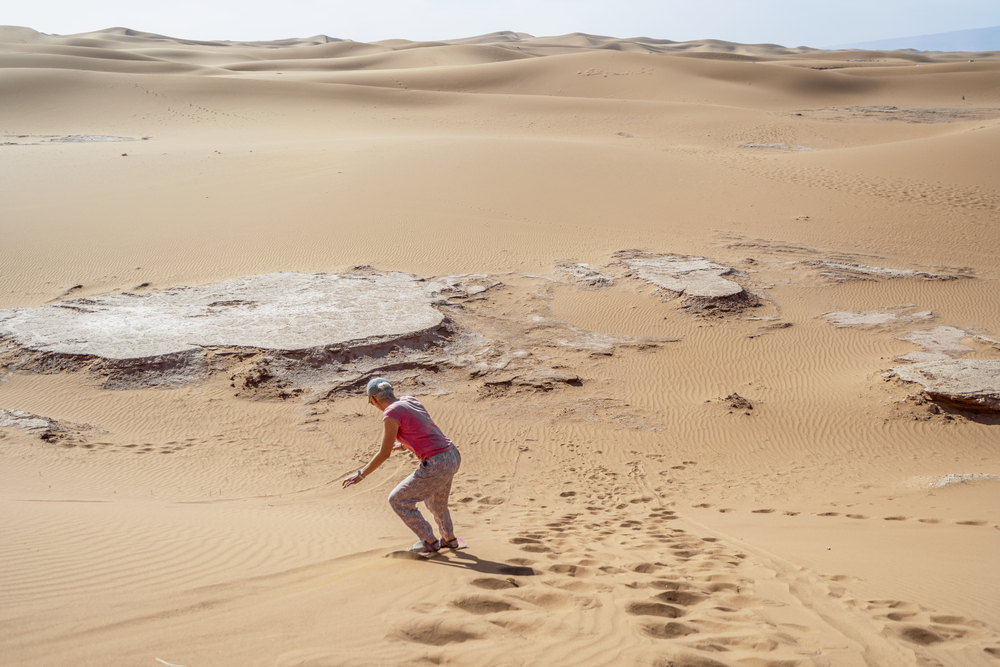
Surfing on sand means that your board will be in constant contact with a high friction type of terrain no matter the size of sand particles.
Dry sand dunes mean hard and rough particles that can scratch the surface of your board. Even wet sand dunes are not much better as the moisture does little to offset the surface friction.
Applying sandboard wax allows you to protect your board by applying a slippery layer that greatly reduces the traction and heat between your board and the sand.
Since sandboards are typically made with a top layer of Formica or laminex, sandboard wax coats the surface of the board and prevents the sharp edges of the sand from scratching the surface. The wax also prevents wet sand from sticking to your board.
Applying a layer of sandboard wax makes your ride smoother, safer, and more enjoyable.
What is Sandboard Wax Made Of?
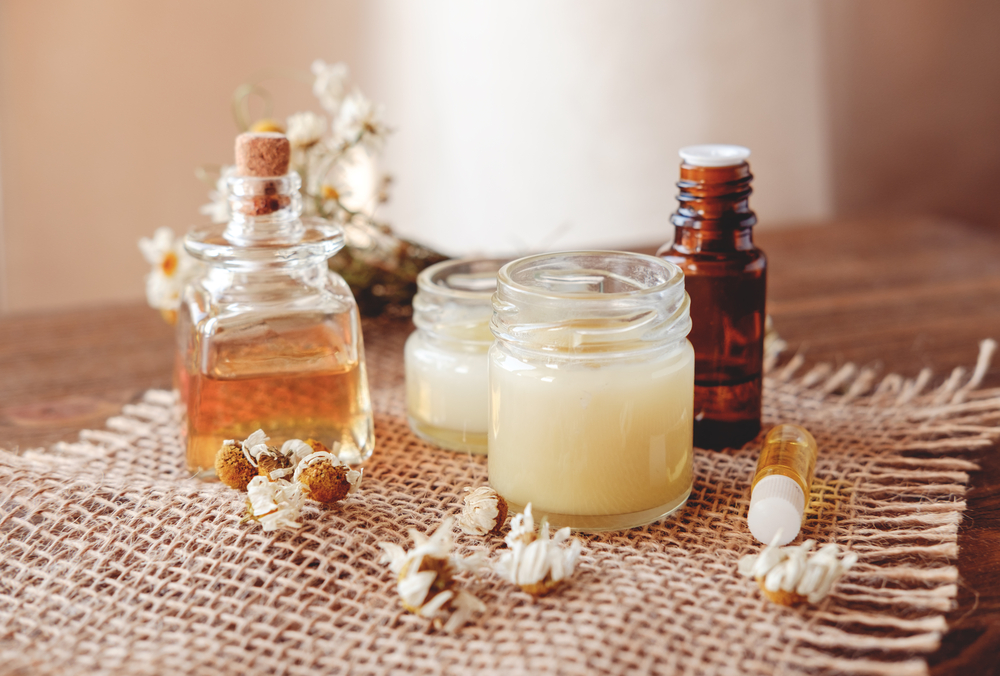
Generally, sandboard wax is made from a mixture of oil and fat. Commercial sandboard wax blends are usually made from paraffin and can be used for a broad range of sand temperatures.
You should only use a minimum amount of wax to coat the bottom of your board. Stick to the amount recommended by the manufacturers. Applying too much wax causes the sand to stick to your board.
You’ll know that you’ve placed the right amount of wax when you rub sand on your board and no particles stick on the surface.
Are There Different Kinds of Sandboard Wax?

Yes, there are different kinds of sandboard wax. The type of wax you can use will depend on the conditions of the sand dunes.
For dry sand dunes, you can use any kind of sandboard wax with a paraffin base.
If you want to go sandboarding in wet or cold conditions, it is better to use wax made from tree resin or beeswax base. These kinds of sandboard wax are better suited to cold and wet conditions because they won’t harden in lower temperatures.
You can also use candle wax to coat the surface of your sandboard when you’re in a pinch and commercial wax is not available. However, keep in mind that candle wax is made from pure paraffin and is solid at room temperature.
This means that you might need to melt and combine the candle wax with virgin coconut oil or a similar type of oil to make the blend soft enough to spread on your board.
Waxes made from a blend of candle wax and oil will not perform as well as commercial sandboard waxes and may not be suitable for extreme weather conditions such as snow-covered sand dunes.
How to Apply Sandboard Wax

Here is a step-by-step guide on how to apply sandboard wax:
- Place your sandboard on a flat surface with the bottom side facing up.
- Place a small amount of wax on your hand and spread a thin, even layer on top of the board. Make sure to cover the whole bottom side.
- Get a handful of sand and see if the sand will stick. If any sand remains on the board, repeat the wax application process until no more sand sticks on the board.
Make sure not to get any wax on the side of the board that you will stand on as it will make it difficult to stay upright.
You will need to repeat the wax application process each time you take a ride down a sand slope.
Conclusion
Just like surfboarding, sandboarding needs to be done right if you want to enjoy the activity safely.
Getting the right kind of wax and applying it to your board correctly is essential.
Whether you’re surfing on desert sand dunes, beach sands, or snow-covered sands, choosing the right sandboard wax will help you protect your board and give you the best ride down the slopes.
What are you waiting for? Wax up that board and hit those dunes today!

